Not all marketing strategies or tactics are created equal, and we hope this isn’t the first time you’re hearing that. Consider the inherent differences between B2B, B2C, industries, geographies, available budgets, average time to close a customer, and the list goes on. Our team that specializes in entertainment and tourism marketing has put together the must-have sections of your entertainment marketing plan.
Know your audience. And make sure your team does, too.
Sounds simple. It’s not always.
So frequently, we ask a new client to tell us about their target audience and the response is – everyone! Is it though? Sure, in theory, everyone may like your tourist destination, but in reality, there is always a key demo that will likely make the leap from an idea, to actual purchase.
For example, an amusement park is a fun activity for toddlers to adults. Heck, even grandparents enjoy going to watch the tots have a good time on the little boats. So sure, the marketing tactics used should include some of those awareness tactics – radio and TV – that reach the masses and feed the top of the marketing funnel. However, at the end of the day, how far will someone travel, the family’s household income (HHI), and the family’s decision maker all factor in to who is doing the buying.
So all of a sudden, we’re no longer looking at everyone.

Talk directly to your target audience. Your tactics better speak to that audience we just wrote down.
Okay, we know the (actual) who, now we need the how. Hefty research is key here. It’s one of the many reasons we subscribe to a number of services that gathers demographic, psychographic and interest data.
Once a target audience is identified, we can use this information to find out how that audience consumes media. This means that while we’re using some of the budget to feed the marketing funnel via awareness tactics, another portion of the budget can speak directly to the consumer.
Let’s take, for example, a target audience of W24-54. We can see how women within this age group prefers to consume their media – and a certain percentage consumes their media digitally.
So from our perspective, Facebook, Google Ads, Retargeting Ads, Banner Ads and Pre-roll may all make sense for the client. Capture the consumer while they’re perusing the web or Facebook and track the click through rates (CTR). Not seeing a great CTR out of the gate? Change your messaging, creative, or add to your target audience. Which leads us to…
All messages are not created equal. You need a variety of creative.
As a consumer of media, and sometimes consuming from multiple screens at once, you know that not all messages are appropriate for each channel. So once you’ve determined your audience and channels, make sure you to mix up your message and imagery. The talk track for a television commercial will not work if you copy and paste it into a Facebook status update. The 1-minute television spot can be easily hosted on YouTube, but why not use drone footage and interviews with real visitors for your social channels.
You’ve spent so much time in the previous sections researching your audience and how to reach them, so don’t drop the ball at the 10-yard line and use the same creative for every tactic. Mixing up the messages will also help with the next section, how are you measuring success?
{{cta(‘ca16cf25-4430-47bb-b37b-fcfa6880578d’)}}
If it’s not working, fix it! Know your KPIs, and CSFs (OMG).
You’re not married to your media tactic. Even if you were, now’s the time for a divorce. If the tactic isn’t working, hit the pause button and see what’s not working. With digital tactics especially, changes can be made almost instantaneously.
“How do I know if it’s not working?” Another great question we get asked often. We always flip back to the Einstein quote, “If you judge a fish by its ability to climb a tree, it will spend it’s entire life believing it’s stupid.” What we mean is, measure your tactics for what they are worth.
What are your Critical Success Factors (CSFs)? Event attendance, season ticket purchases, capital fund donations? From there, what are the Key Performance Indicators (KPIs) that measure up to those CSFs? If we’re talking event attendance then we’re talking tickets sold, so is that landing page getting traffic and are people converting when they’re on it?
Play the three-year-old and continually ask “why”, and you’ll find that kink in the chain.
As we’ve outlined, tourism & destination marketing plans must have at least these four sections, and they should be filled with relevant data, research and strategy. This is not an industry where “ready, fire, aim” is a good battle cry. Doing the right research and spending time crafting the right message maximizes the chance that you’ll attract the right audiences to your tourism destination.
{{cta(‘1b22d062-721e-4727-9759-95742667a121′,’justifycenter’)}}







